… after the rudest of awakenings. And while the ugliest, scariest presidential campaign of my lifetime, by a factor of — I can’t even pick a multiplier — has ended, the waking nightmare has barely begun. Given his age, Donald Trump will not likely run again (he’ll just hand the baton to Mike Pence). But the voters who backed him, and their children, and those in the power structure on the right who enabled his rise, and the dark, malignant energies he focused and unleashed and mainstreamed, will remain very much with us for many years to come.
I have long believed that we peaked sometime between 1960 and 1970, becoming thereafter a culture in decline. But I did not expect it to turn so precipitous. With the enthusiastic collaboration of a Republican Congress and Senate, Trump has already promised to roll back every advance toward true democracy made during my lifetime, perhaps even back to the New Deal. History may record this as the beginning of the end of American democracy. Perhaps we have proved Sigmund Freud right: “America is the most grandiose experiment the world has seen, but I am afraid it is not going to be a success,” he remarked to a friend decades after his brief 1909 visit.
I take scant comfort in the knowledge that I have ample company among those who failed to see this election result coming. Looking back on what I’ve read this election cycle (and excluding anyone from the alt-right), who called this correctly? Of all people, Flint, Michigan’s native son, filmmaker Michael Moore — back in July of this year, with stunning accuracy. See his essay, “5 Reasons Trump Will Win,” at his own website.
If you want a way to understand the lunacy into which we’ve just plunged, I recommend “A tale of two populisms: Do you want to live in Donald Trump’s New York or Bob Dylan’s America?” by Willie Davis, published at Salon on November 5, 2016. I would have much preferred living in Dylan’s America than Trump’s, though even before the ballots got counted it more closely resembled the decrepit, apocalyptic landscape that greets Dylan in the film Masked and Anonymous than it did the ecstatic, celebratory one he envisions in “When the Ship Comes In.”
But if you want the real prophecy of this moment, you’ll find in in our new Nobel laureate’s “North Country Blues,” about the collapse of what we now call the “rust belt” — an early distillation of everything that made Trump’s victory possible, written over half a century ago. Click here for a live performance from the 1963 Newport Folk Festival.
An historical note: Today marks the 78th anniversary of Kristallnacht — the violent anti-Jewish pogroms that took place in Germany on November 9 and 10, 1938. Given the racist and anti-Semitic undertones and overtones of Trump’s campaign, the parallels disturb me. Over my morning coffee, I realized that, living as I have almost my entire life in New York City, I’ve resided in an equivalent of the Weimar Republic, where it’s now 1930. And I recalled a favorite saying of my late colleague Richard Kirstel: “Scratch a good American and you’ll find a good German.”
•
•
The Art of the (Election) Deal
If we set aside the predictable racist imagery, most of it generic, circulated by the alt-right faction, this election cycle has generated some interesting visual art — sculpture, drawing, painting, photography, video, even memes and apps.
Those last two forms raised a question I hadn’t pondered before: In the digital environment, what falls into the category of political art? A parodic video posted on YouTube presumably qualifies. So does a photoshopped montage. But how about a captioned screenshot sent out as a tweet that goes viral? Same for an animated gif reiterating a candidate’s crucial phrase or gesture, or otherwise responding to a key moment?
Much of contemporary art involves creating situations in which the audience participates collaboratively in the production of the work. So if someone develops an app that enables me to Trumpify or Clintonize my hair, as above, or to Obamafy myself à la Shepard Fairey, with obviously satiric intent, or makes it possible for me to generate and caption and distribute images that replace Trump’s mouth with an anus, like “Asshole Mouth Trump,” do those apps qualify as art?
And what of the imagery I and others generate with it — does that automatically become collaborative art? (Mind you, I use “art” here strictly as a descriptor, not as an evaluative term. All the above could be examples of bad art.) How about someone who aggregates such anonymous vernacular efforts, like whoever is behind TRUMPHOLE — is that “curating”?
What about John Oliver’s “Make Donald Drumpf Again” project, with its “Drumpfinator” extension for your browser that turns all online mentions of The Donald’s last name from Trump to his original family name of Drumpf? Is that political art?
If we accept the idea of citizen journalism, we stand only a short step away from citizen op-ed. And if cartoons (some, at least) find their proper homes on the op-ed pages of periodicals, and — at their best (Thomas Nast, John Heartfield, José Guadalupe Posada) — merit consideration as works of art, then these digital forms represent a vernacular cartooning activity by often anonymous or at least little-known makers who clearly understand how to seize the moment. This one, for example, generated at Imgflip using a screenshot of Oprah, seems to me (if you know the backstory of both that Oprah moment and the taco-truck reference) as deft, pointed, and nuanced as any Banksy.
The imagery that has really mattered in this presidential campaign and the two before it did not come from professionals in one or another form of visual communication. Digital media and the internet have democratized and deprofessionalized viscom, enabling the average citizen to produce (or repurpose) and disseminate imagery and image-text works whose sophistication depends more on wit and mental agility than on art-school education or manual dexterity.
For example, “This Is What Donald Trump’s Words Look Like On, Near, & Next To Women’s Bodies,” by Lindsay Mannering, published at Bustle on October 10, 2016, aggregates selfies by women responding to Trump’s immediately viral “grab them by the pussy” Billy Bush video. I can’t think of, or imagine, a more potent response coming from an art-world feminist collective.
Female Collective’s “Pussy Grabs Back,” a Barbara Kruger-esque T-shirt, pales by comparison. Produced via “a collaboration with journalist and Feminist Fight Club author Jessica Bennett, performer Amanda Duarte, and the artist Stella Marrs,” it merely turns the moment into a fashion statement, albeit for a very good cause; “a portion of proceeds will be donated to RAINN, the nation’s largest anti-sexual violence organization.”
•
Nevertheless, as the electioneering ramped up, I began collecting reports of campaign-related artworks, planning a election after-party post gathering the best of them. Not exactly an original idea, and I make no claim to it, especially since the estimable Ben Davis at ArtnetNews has both beaten me to it and done it much better than I could. See his curated selection “This Is the Art That Mattered From the 2016 Presidential Election” from November 7, 2016. He’s got almost everything I came across, plus a bunch more, including a number of pro-Trump right-wing pieces.
Surprisingly, given that he had plenty of time to incorporate some, Davis’s group show lacks any reference to the outpouring of anti-Trump visual art that followed the revelation of his Access Hollywood tour-bus comments. A few things Davis missed that I consider worthy of note:
• “Artist Gloriously Depicts Trump Getting Literally Pounded By P***y,” by Priscilla Frank, The Huffington Post, October 11, 2016. Artist Illma Gore reconfigures Muhammad Ali looming over a defeated Sonny Liston as a giant vagina towering over a flattened Trump.
• “Pussy Riot – Straight Outta Vagina (feat. Desi Mo & Leikeli47).” If they made this in direct response to the October 7 revelation of Trump’s hot-mic moment of sexual predation, they got it together mighty fast and well, posting it on Youtube October 25. Definitely to the point.
Others deal more generally with the candidates and issues:
• “This Animatronic Fortune Telling Trump Machine Has Been Roving New York City Streets,” by Ashley Hoffman, Time, October 12, 2016. Created by anonymous artists, this Trumped-up version of the famous prophet Zoltar (voiced by comedian Anthony Atamanuik) offers such advice as “Look into my crystal ball and see America’s future. I see a huge investment into a modern high-speed rail system … and we’re going to use it to deport eleven million illegal Mexicans.”
• “‘Trump Hut’ Shaped as Candidate’s Hair Spotted in Red Hook.” “Made of a wooden frame and 98 hula skirts, the ‘Trump Hut’ was created by Douglas Cameron and Tommy Noonan of DCX, a creative advertising firm … originally made for an art show, ‘Gut Rehab,’ at Realty Collective, a real estate office at 351 Van Brunt St.” in Brooklyn.
• The campaign’s last month brought forth a notable piece of public art by Zoe Leonard, remarkable not so much for its impact as for its implications: See Katherine Brooks’s report, “‘I Want A Dyke For President’ Billboard Sends A Powerful Message In NYC.” It’s a giant poster blow-up of a statement Leonard issued in response to poet Eileen Myles’s quixotic run for the presidency in 1991-92, no less relevant 25 years later. Leonard’s desiderata for anyone seeking that office include a lot of personal experience of hard times and loss. (Click on the image, below, to enlarge and read it.)
Thinking back on it, the last president we had who rose up through a hardscrabble youth was Ronald Reagan, whose good looks enabled him to achieve success in Hollywood by his middle twenties. Before that it was Harry S. Truman, who had it even rougher — a bank clerk, farmer, and failed haberdasher before securing a county judgeship at the age of 38.
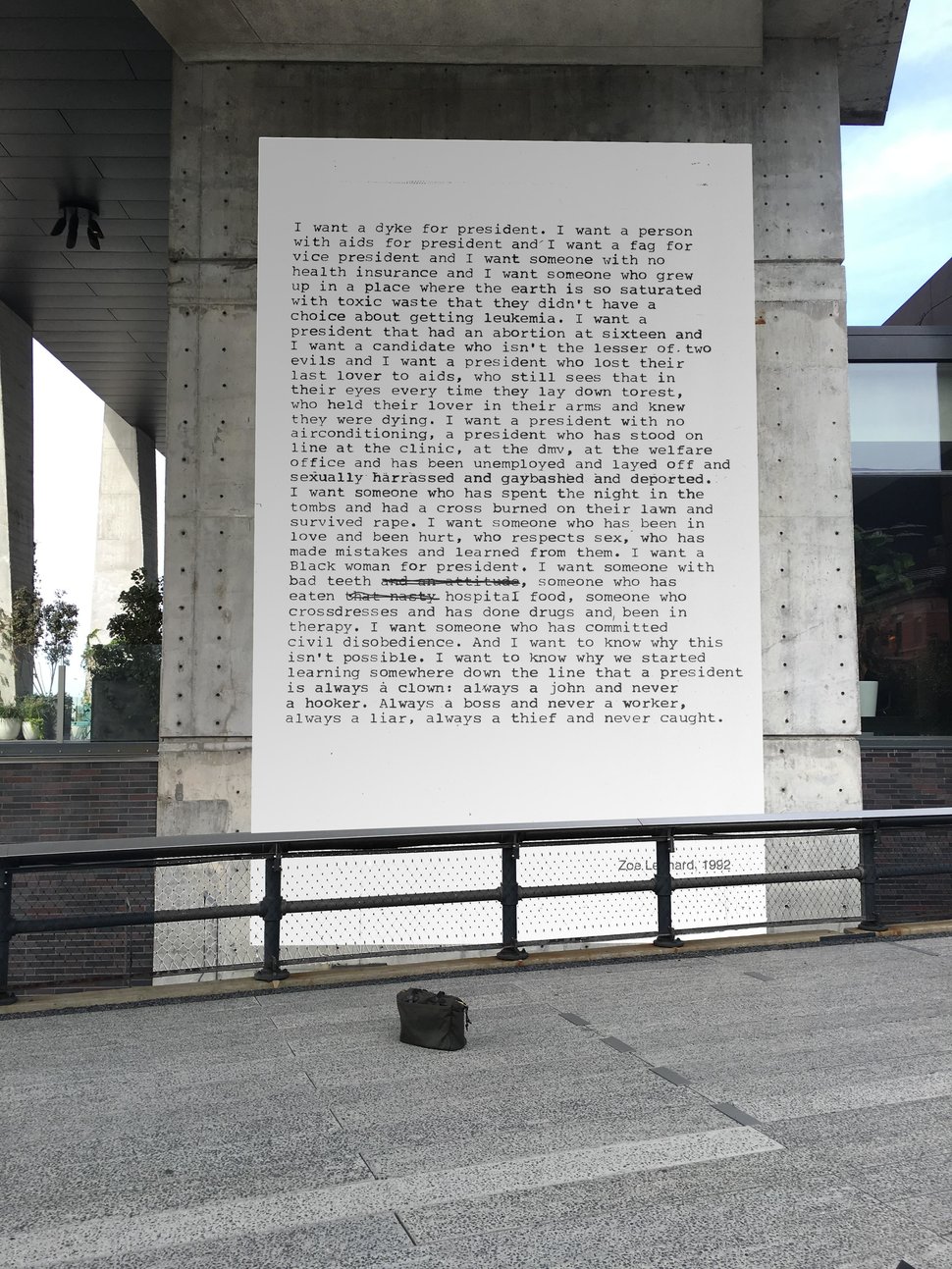
Zoe Leonard, “I Want A Dyke for President” (1991), High Line, NYC, 2016. Courtesy of the artist and Friends of the High Line.
I’d guess that Hillary Clinton has had it marginally easier than Truman but infinitely harder than Reagan (especially once you factor in her gender and the glass ceiling). She may not have many of the qualifications in Leonard’s want list, but she’s definitely been in love and been hurt, made mistakes and learned from them. Most importantly, she has met with and listened to and fought long and hard for everybody on Leonard’s list, and I have no doubt she will continue to do so for the rest of her life. So she was never the lesser of two evils.
But, though she had her party’s backing all along and did win the majority of the popular vote, Clinton was never the public’s first choice for the White House. She’s an establishment technocrat, a middle-of-the-road Democratic Party senior-citizen apparatchik with heaps of experience and tons of baggage: hard-working, accomplished, qualified, on the whole respectable if flawed, yet fundamentally uninspiring. (When “I’m With Her” and “Stronger Together” represent your most engaging slogans, one must diagnose a failure of the imagination as the partial cause for this last hurrah.) At least in public, she lacks the common touch that, seeing something I don’t, voters saw in Trump.
Tempting though many will find it to ascribe this devastating setback to nemesis falling like a ton of bricks on the Clintons (Bill for those blowjobs in the Oval Office, Hillary for those lucrative Wall Street speeches and the inexplicable decision to set up and use a private email server while Secretary of State), I don’t think those ultimately determined the outcome. Trump tapped into and activated a deep disaffection with the political system in which Hillary Clinton was a lifelong participant but to which he was an outsider. Adding Elizabeth Warren to the ticket, instead of Tim Kaine, wouldn’t have turned the tide, and I don’t see any other Democrat whose candidacy could have withstood the Trump juggernaut, not even Joe Biden.
•
Leonard’s piece didn’t make Davis’s list either. He also leaves out an assortment of election-related music videos that (like Pussy Riot’s) certainly fall into the category of performance art, such as:
• “Bad Hombres, Nasty Women: The Presidential Debate in Song,” a New York Times “Op-Doc” produced by the Gregory Brothers and “Weird Al” Yankovic.
• “Why We Need a Businessman as President (We Don’t),” Joss Whedon’s rap video.
• You can find lots more at the “Songify This” channel on Youtube.
•
Anyhow, it’s over. So now the work begins.
•
 Special offer: If you want me to either continue pursuing a particular subject or give you a break and (for one post) write on a topic — my choice — other than the current main story, make a donation of $50 via the PayPal widget below, indicating your preference in a note accompanying your donation. I’ll credit you as that new post’s sponsor, and link to a website of your choosing. Include a note with your snail-mail address (or email it to me separately) for a free signed copy of my 1995 book Critical Focus!
Special offer: If you want me to either continue pursuing a particular subject or give you a break and (for one post) write on a topic — my choice — other than the current main story, make a donation of $50 via the PayPal widget below, indicating your preference in a note accompanying your donation. I’ll credit you as that new post’s sponsor, and link to a website of your choosing. Include a note with your snail-mail address (or email it to me separately) for a free signed copy of my 1995 book Critical Focus!



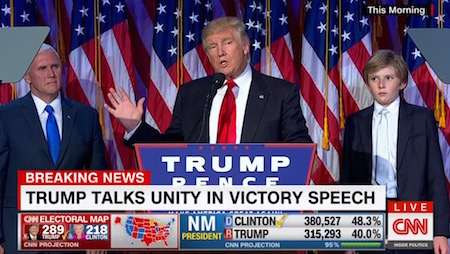
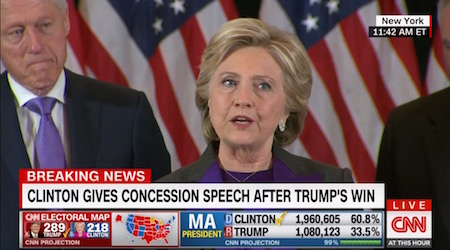
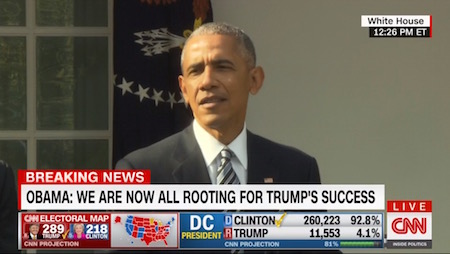
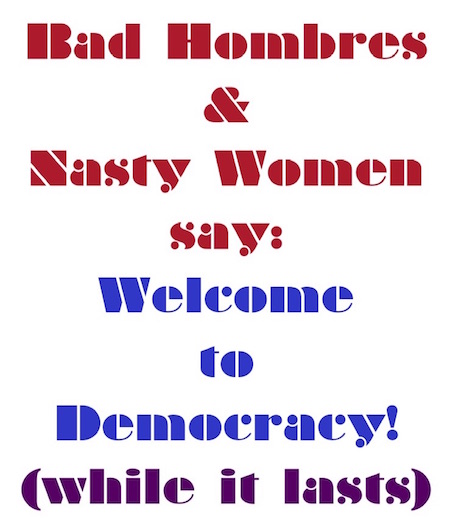
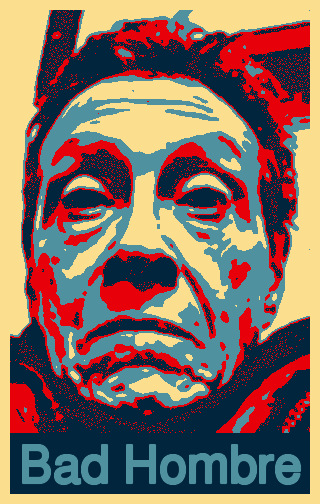
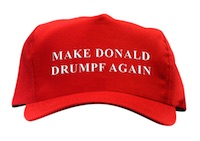
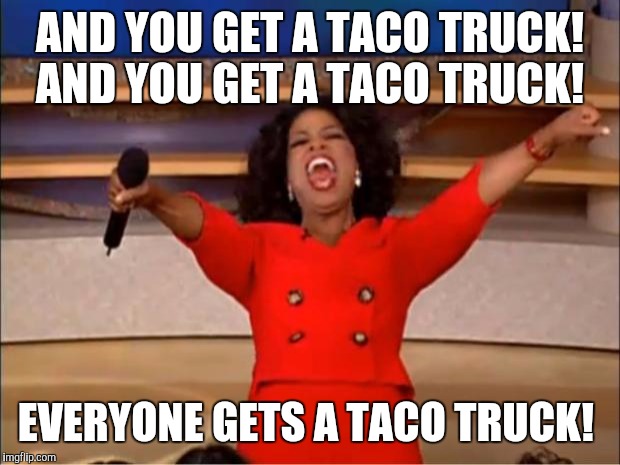
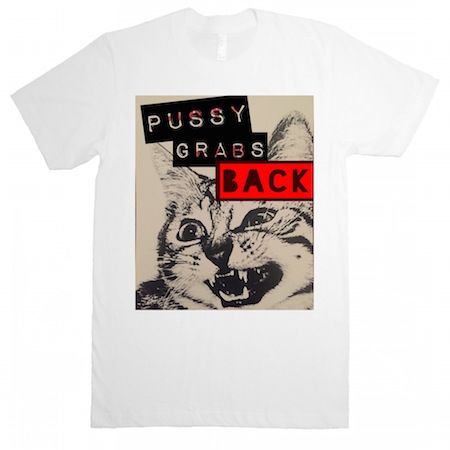
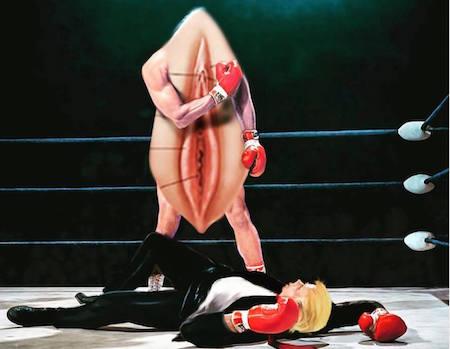
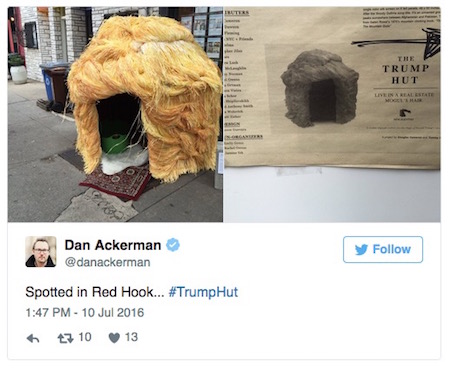




HI A.D.
I see several posts on FB today as what we can do as artists to react to/counter the depressing turn of events. Unless one’s work is overtly political I don’t see much that a landscape photographer or abstract painter can do. Keep working, what else can we do but turn your attention to local causes that you can make a difference in. If you have any Photoshop skills, sure go ahead and make the memes that will entertain and console your compatriots. I doubt you will do little than sing to the choir but I am happy to do just that every now and then. I believe the Trump/Republican alliance will implode on its own. Will the working class who voted them into power get it? Probably not. Will they care what artists do? Definitely not.
I don’t propose that it’s anyone’s job to make issue-oriented art, or (more broadly) political art, unless they feel impelled to do so.
I do think we have the obligation, as citizens, to stand up against injustice and work for the betterment of our society, however we construe those concepts. Regardless of how much we disagree with them on just about everything, Trump’s supporters believe they are doing exactly that, and they proved themselves more effective at furthering their agendas than we did with ours. That included overlooking the obvious flaws in their candidate(s) and setting aside their internal factionalization. So we have things to learn from them, painful though it is to admit that.
Finding something useful to do as citizens — whether within our professional skill sets or with our other abilities — will help us work through the understandable funk into which this election has plunged us. I’m looking for my own path forward, beyond what I do at this blog; as Allen Ginsberg wrote, “America, I’m putting my queer shoulder to the wheel.”